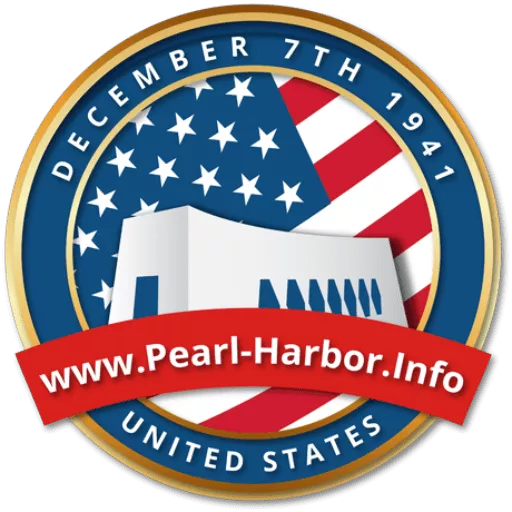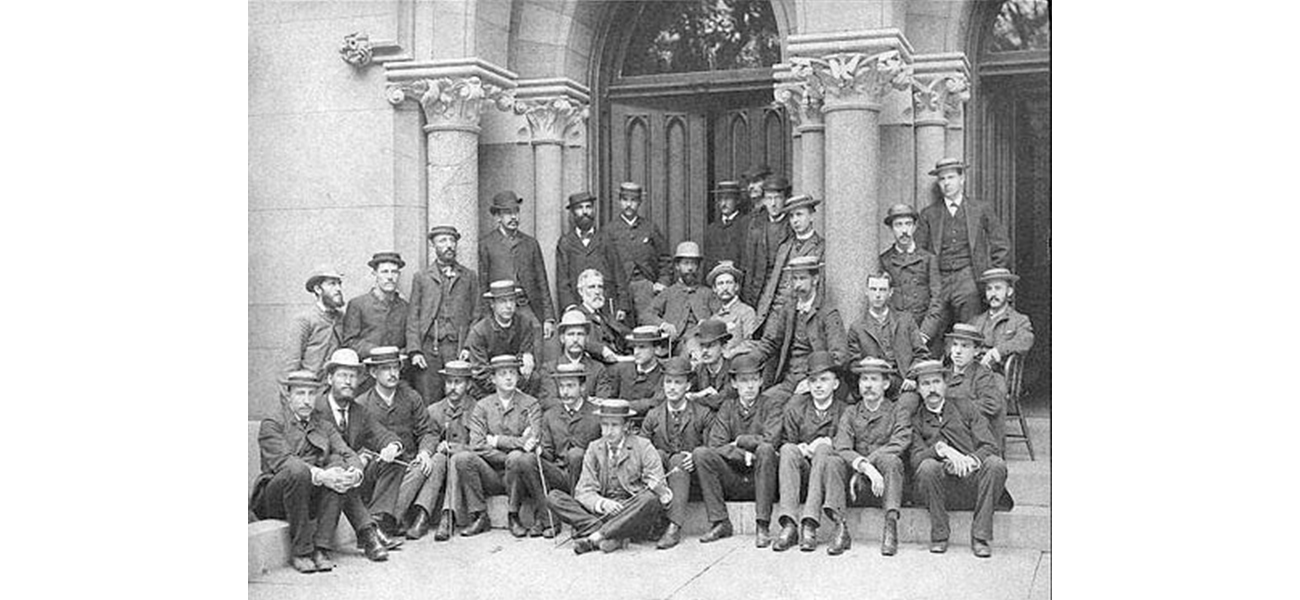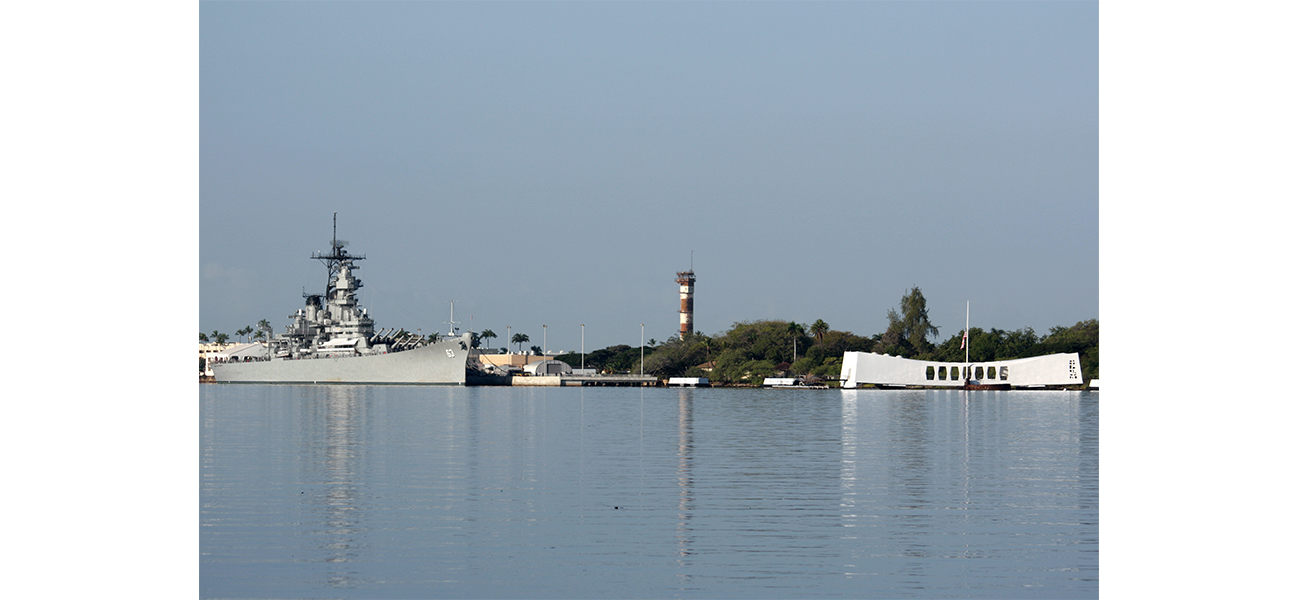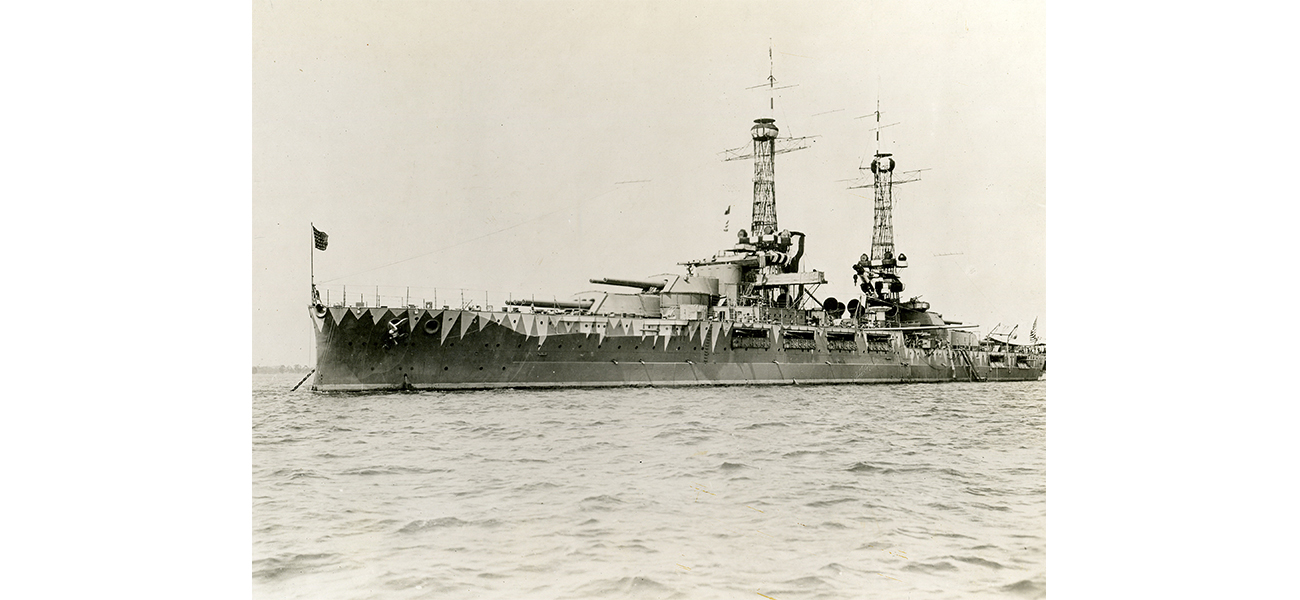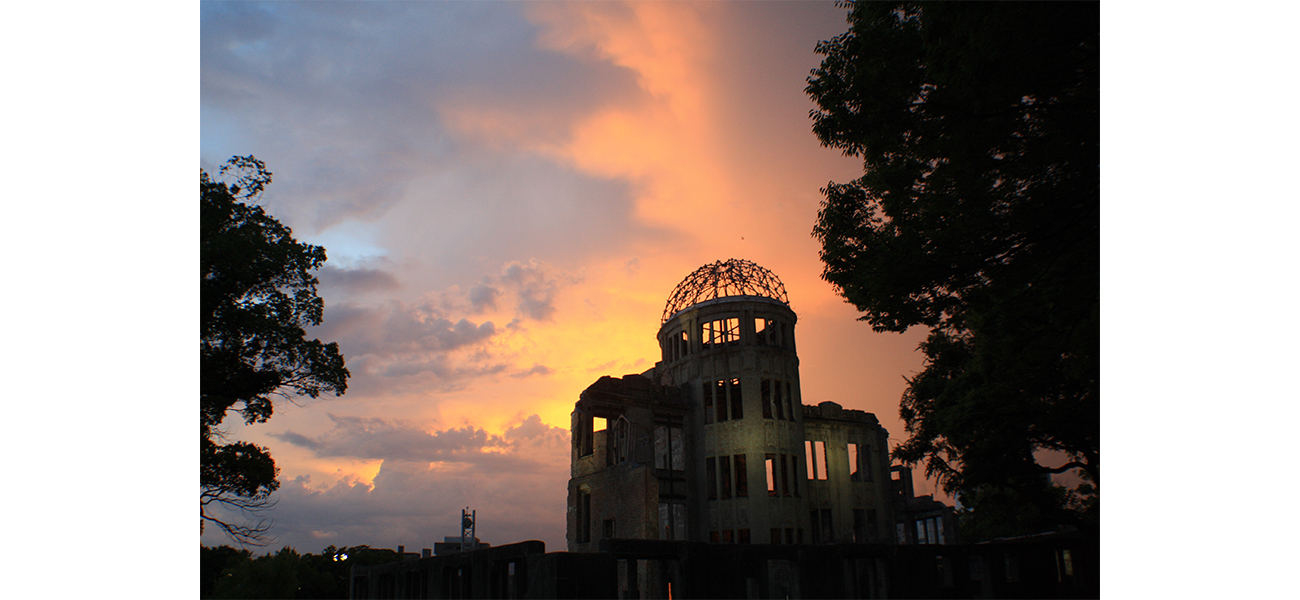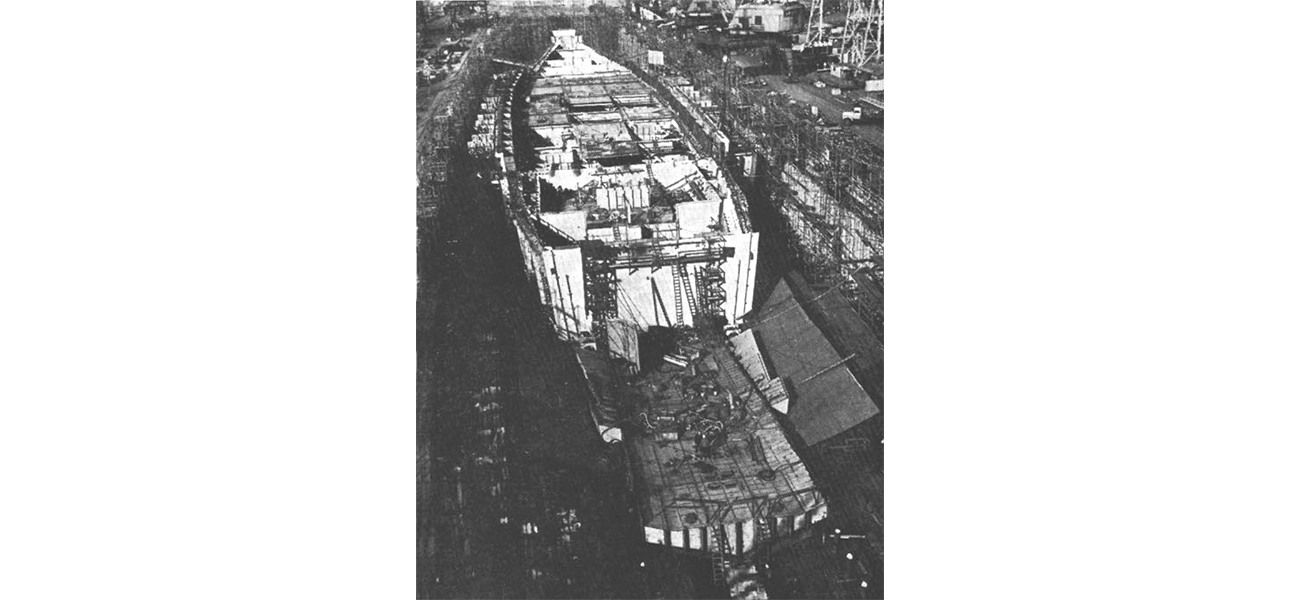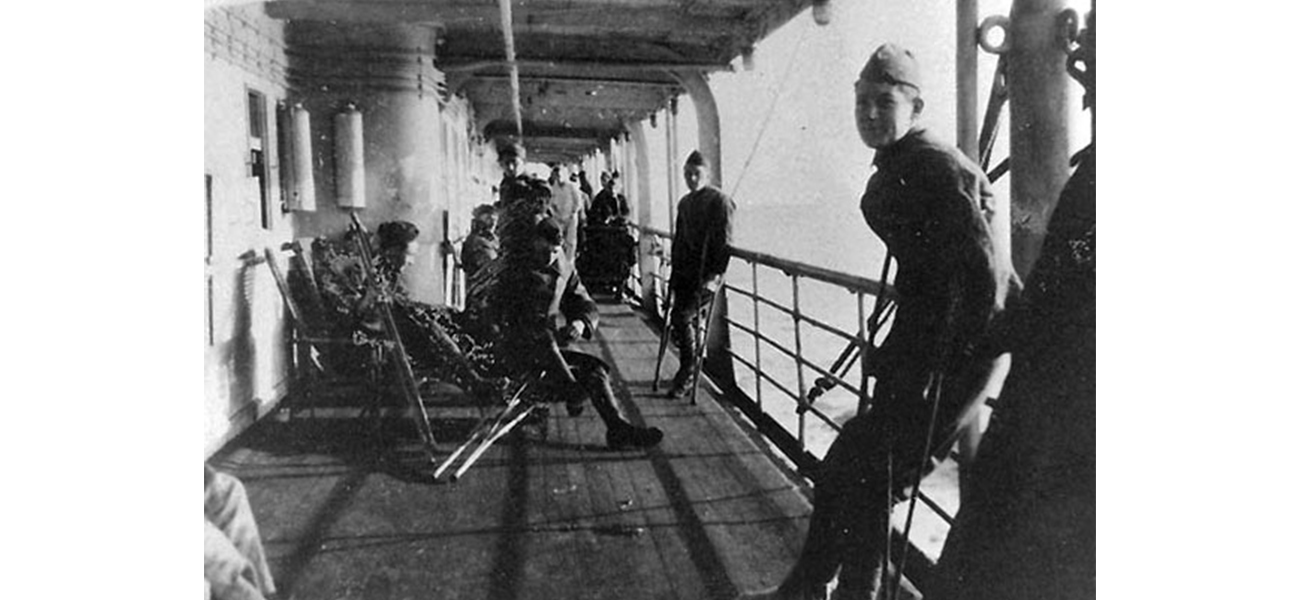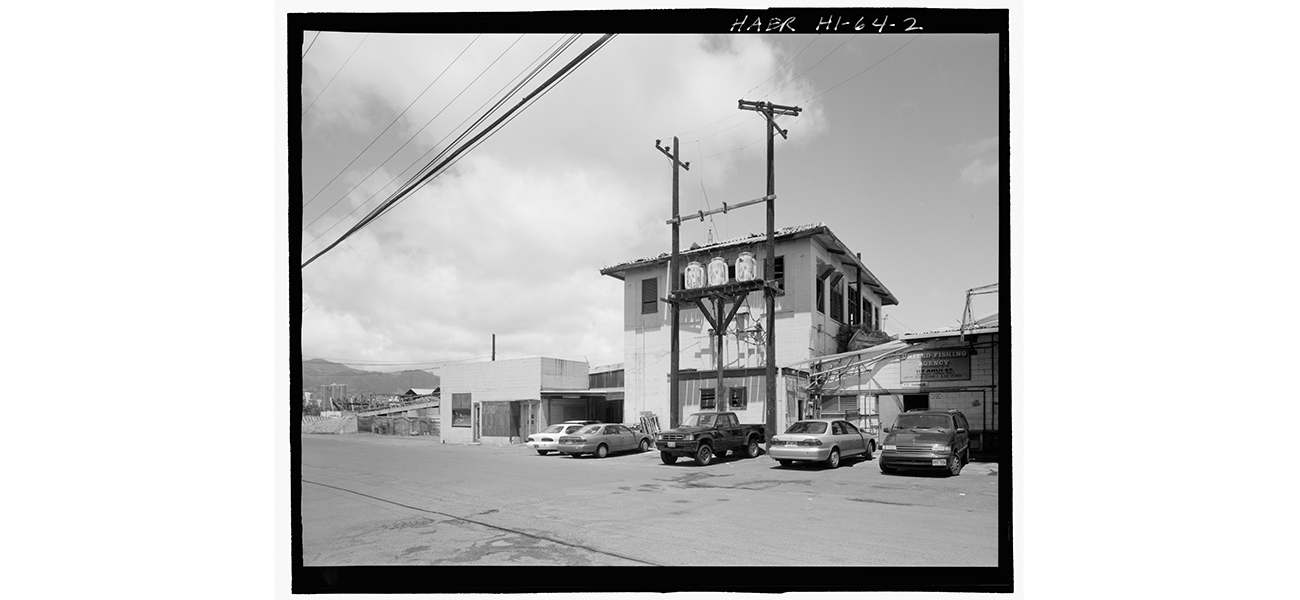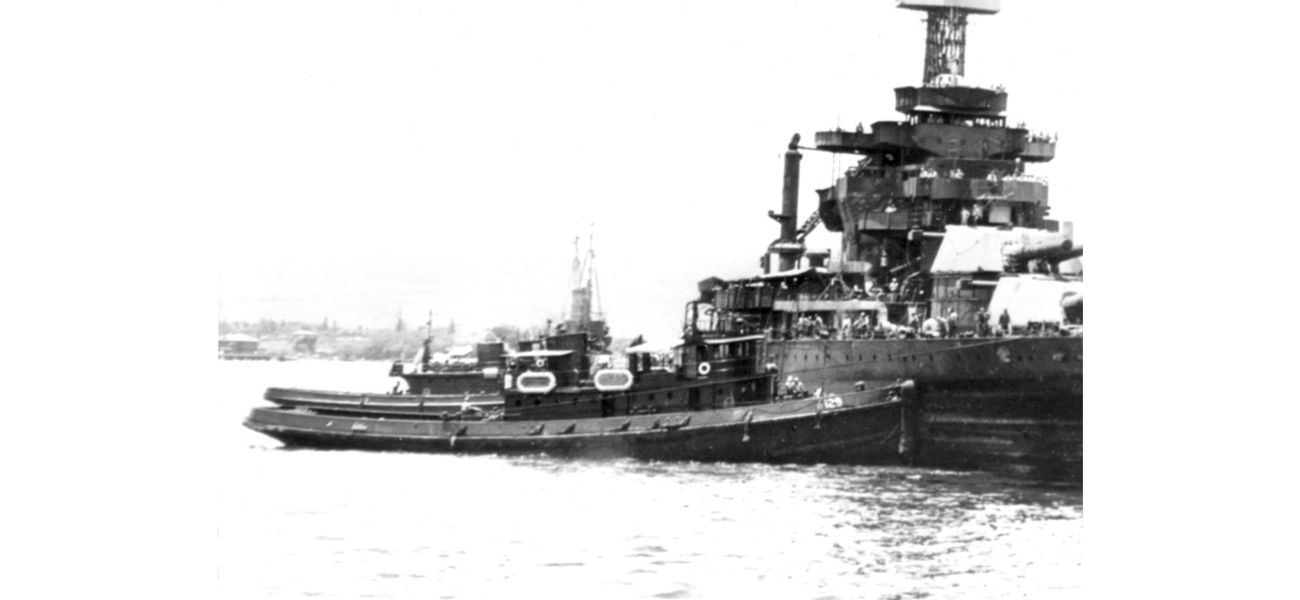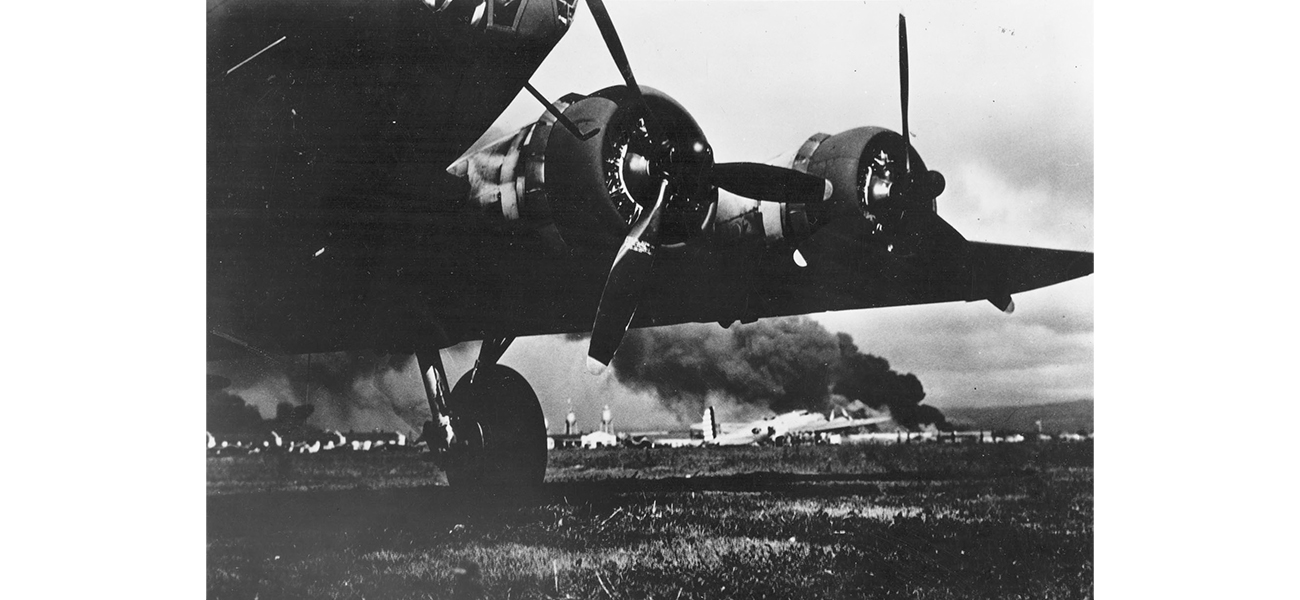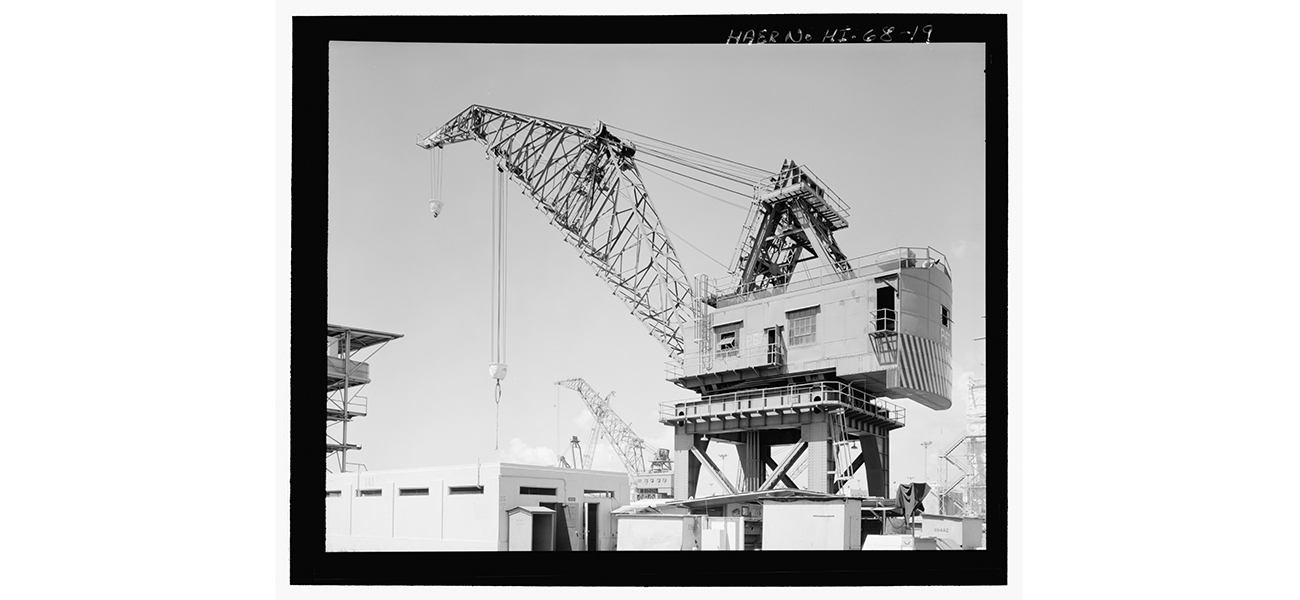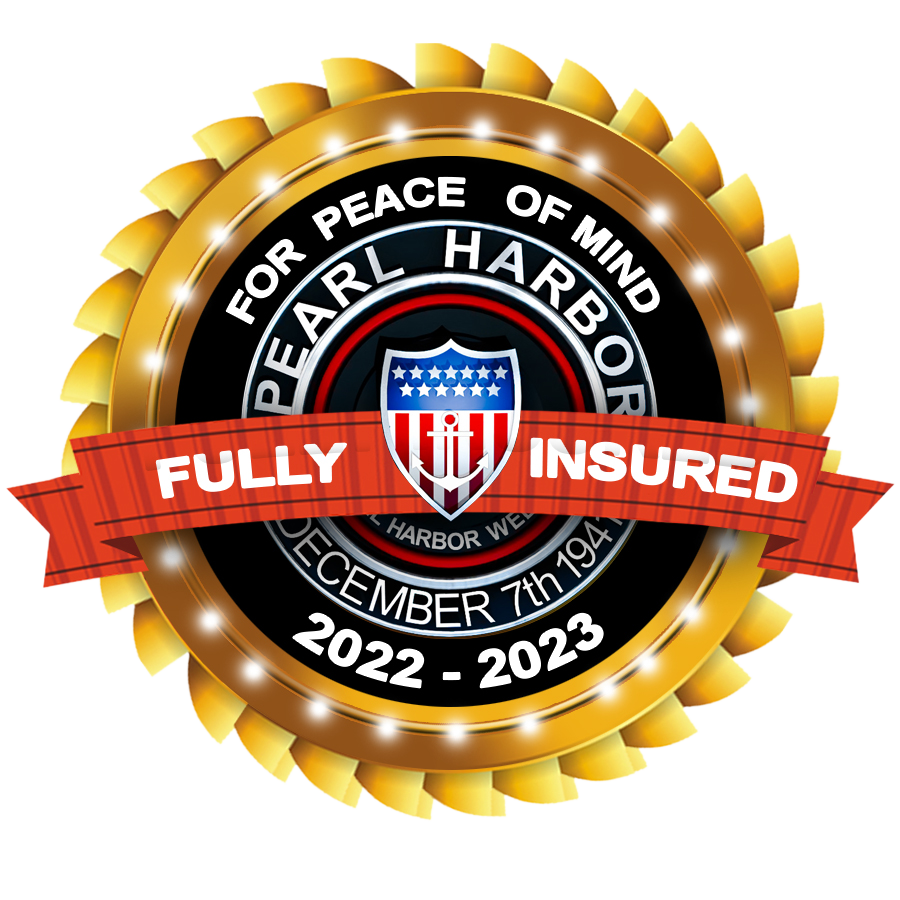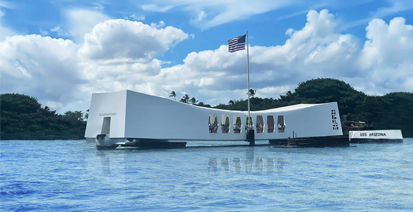The America First Committee and Pearl Harbor
The story of the America First Committee and Pearl Harbor is a fascinating chapter in American history, marked by fervent debates over the nation’s role in global conflicts. Understanding this period helps us grasp the complexities of American isolationism and the dramatic shift in public opinion triggered by the infamous attack on Pearl Harbor.
The America First Committee (AFC) was founded in 1940, at a time when the world was embroiled in the early stages of World War II. The founding members included Robert E. Wood, the chairman of Sears, Roebuck & Co., General Hugh Johnson, a New Deal administrator, and several Yale Law School students such as Gerald Ford, Sargent Shriver, and future President John F. Kennedy. They were driven by a strong desire to keep the United States out of the escalating conflicts in Europe and Asia. They were influenced by the devastation of World War I and the prevailing sentiment that America should avoid entangling alliances.
At its heart, the AFC was rooted in isolationism. The committee’s primary belief was that the United States should focus on its own defense and avoid becoming involved in foreign wars. They argued that American resources and lives should not be spent on conflicts that did not directly threaten the nation’s security. This stance was in direct opposition to the interventionists who believed that supporting the Allies was crucial to preventing the spread of totalitarian regimes.
The AFC garnered significant support across the country, tapping into widespread war-weariness and economic concerns. At its peak, the committee boasted hundreds of thousands of members and conducted large rallies that drew enthusiastic crowds. However, it also faced substantial opposition from interventionist groups and individuals who viewed the committee’s stance as naive or even unpatriotic.
Before the attack on Pearl Harbor, global tensions were at an all-time high. Europe was engulfed in war, with Nazi Germany rapidly expanding its territory. In Asia, Japan’s aggressive actions threatened stability. Despite these alarming developments, the U.S. maintained a policy of neutrality, although it provided material support to the Allies through programs like Lend-Lease.
The Attack on Pearl Harbor
Everything changed on December 7, 1941, when Japan launched a surprise attack on Pearl Harbor, Hawaii. The assault resulted in the loss of over 2,400 American lives and significant damage to the Pacific Fleet. This event shocked the nation and marked a turning point in American history, as the U.S. declared war on Japan the following day, swiftly entering World War II.
The attack on Pearl Harbor rendered the isolationist stance of the AFC untenable. In the immediate aftermath, committee leaders, including Lindbergh, acknowledged the new reality. The need for national unity and defense became paramount, leading to a swift and decisive shift in public opinion toward supporting the war effort.
With the United States now fully committed to the war, the AFC disbanded on December 11, 1941, just four days after the Pearl Harbor attack. The reasons for disbanding were clear: their central mission of keeping America out of the war was no longer relevant. However, the committee’s influence and the debates it sparked left a lasting legacy on American foreign policy discussions.
The entry of the United States into World War II marked the end of isolationism as a dominant force in American politics. The post-war era saw the U.S. taking on a leadership role in global affairs, establishing institutions like the United Nations and the North Atlantic Treaty Organization (NATO). The interventionist policies adopted during and after the war set the stage for America’s active involvement in international politics throughout the 20th century.
The story of the America First Committee and Pearl Harbor encapsulates a pivotal moment in American history. The shift from isolationism to interventionism following the attack on Pearl Harbor reshaped U.S. foreign policy and had profound implications for the nation’s role in global affairs. Understanding this history is crucial for comprehending the roots of modern political debates and the enduring impact of World War II on American society.
